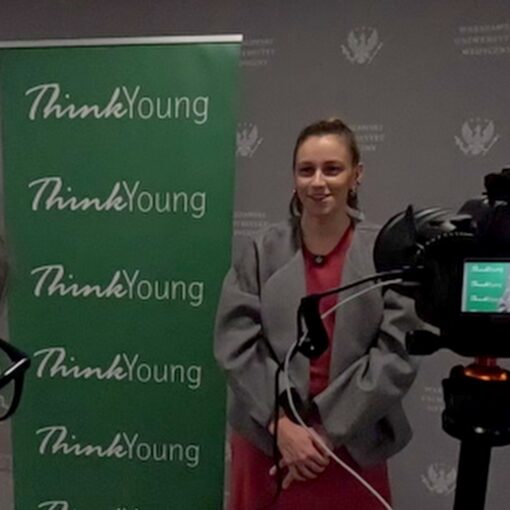Uber Poland has chosen to implement Regula document readers to establish a robust and trustworthy identity verification process for drivers across the country. Regula 70X9 document readers were shipped to three Uber Verification Centers in Warsaw, Krakow, and Poznan, which serve as dedicated hubs where drivers submit their driver’s licenses and identification documents for thorough verification. The shipment was fulfilled by Regula’s Polish distributor, Korporacja Wschód (KW), whose forensic experts also provided special training on how to use the new devices

The Regula 70X9 became the core element of Uber’s mission to enhance their safety protocols. It allows Uber employees to perform a comprehensive set of checks to authenticate an ID. The reader automatically identifies the document type; reads the data in all the document zones, including the visual zone, MRZ (machine-readable zone), RFID (radio frequency identification) chips, and barcodes; and cross-compares the obtained text and graphic data. Plus, the supplied document readers are equipped with Automatic Authenticity Control technology. At its core are automated checks that swiftly assess the integrity of the provided documents, detecting any signs of forgery or alteration. All of the above features, together with integrated light sources, significantly reduce the risk of mistakenly verifying forged documents.
The current workflow carried out by Uber’s employees includes:
Step 1. Comparison of the documents provided by the driver with the documents uploaded in the Uber application.
Step 2. Verification of Background Check Certificate.
Step 3. Authenticity verification of passport/ID and driver’s license with the Regula 70X9 reader.
Step 4. Taking a driver’s profile picture.
Step 5. Finalizing verification in the system: data input, document upload, and profile picture upload.
The process of personally vetting drivers has been, and continues to be, a major logistical challenge, but we believe our efforts will help improve safety in transit. Thanks to the Regula device, the first stage went very smoothly for us. This process, although lengthy, is certainly effective, says Marcin Konrad Moczyrog, Director and Global Manager at Uber Rides, Central & Eastern Europe.
Prior to the integration of the Regula 70X9, drivers’ documents were verified by Uber’s employees, either manually or via an application based on AI algorithms. The old method had two problems: it was time-consuming, and it did not guarantee protection against high-level forgeries of documents.
Document fraud is constantly on the rise, and since counterfeited documents are becoming more sophisticated, manual checks are no longer enough. Some inherent document security features may be verified only with special equipment or software solutions. We are honored that our devices have become the cornerstone for a revamped verification process at Uber, and are pleased to see that it’s bearing fruit, says Maris Kaminskis, Executive Director at Regula Europe.
Source: Source: Business Wire




